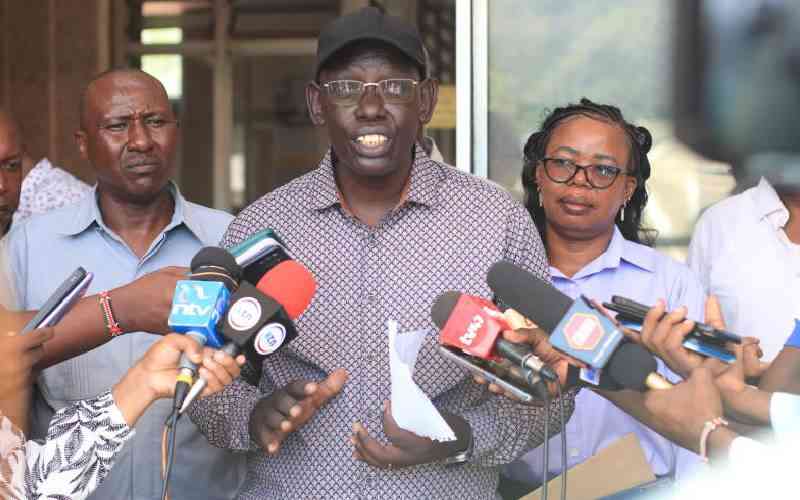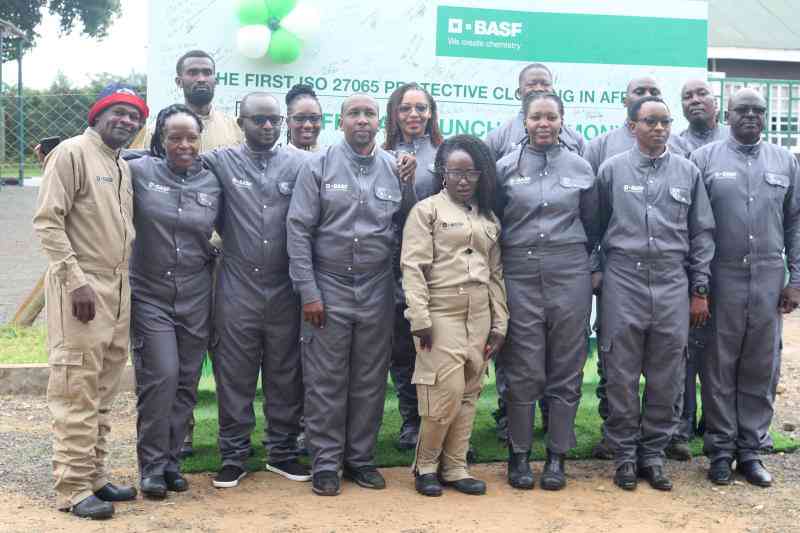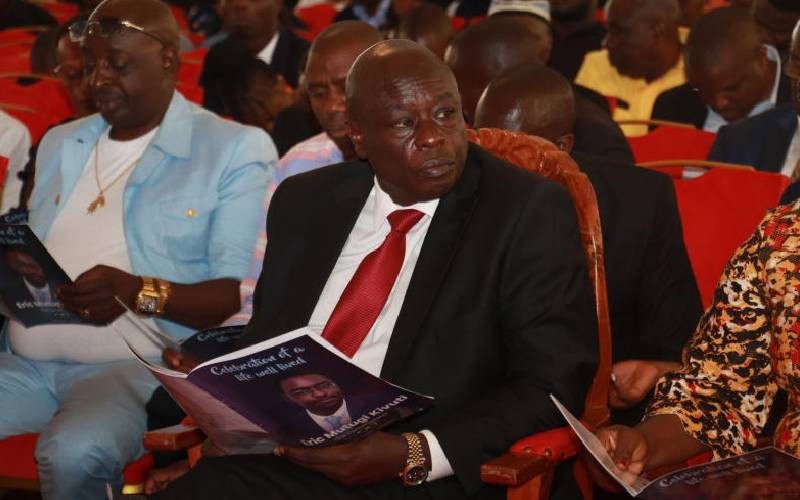In the months of May, June and July every year, many crops planted in March and April are greatly affected by pests and diseases.
To combat that problem, farmers spend a lot of money buying pesticides.
But there are safe and environmentally friendly methods that cost less and produce quality crops.
One is the use of Fermented Plant Extracts (FPEs). Many farmers have used FPE for years with very good results.
FPEs are prepared from a combination of plants with medicinal properties that give plants more energy and protect them from diseases and pests.
A farmer can use any plant known to have these properties to make the extract.
When applied to a plant, the FPE triggers a defence mechanism, which enables plants to resist diseases and pests.
One of the reasons for this response by plants is that the extract contains many natural compounds. They combine to fight harmful bacteria and fungi responsible for plant diseases. In addition, some plant extracts help repel pests and therefore reduce damage to crops.
If prepared in the correct way, FPEs improve overall crops and an increase in overall yield.
Natural organisms
Various plants in combination can be used to make FPEs (see list on the left).
Tithonia and comfrey provide the best foliar feed to enrich the FPE. It is advisable to use a mixture of wild plants in preparation of FPEs, because different weeds are effective on specific pests.
This also increases variety of active substances and natural organisms that control diseases and pests. Weeds and other material to be used in the preparation are best cut in the morning.
Benefits to plants
Enrich the Extracts with Effective Microorganisms (EM1).
Stay informed. Subscribe to our newsletter
EM1 is a mixture of beneficial and naturally occurring microorganisms that can be applied to the soils to improve plant growth, yield and quality.
It consists of microorganisms of lactic acid bacteria, a limited number of photosynthetic bacteria (which help turn carbon dioxide and water into plant food by use of energy from sunlight) and yeast.
These three groups of microorganisms help condition soil, suppress disease causing bacteria and speed up decomposition of the organic matter for the benefit of plants.
If you add EM1 to the Fermented Plant Extracts, it makes it more effective in promoting plant health. It also improves the ability of the plants to withstand diseases.
It is not a fertiliser but it produces vitamins, organic acids and minerals essential for plant growth when it comes into contact with organic matter. This increases the humus content in the soil.
EM promotes germination, growth, flowering, fruiting and ripening in crops. EM1 and molasses can be bought in all Agrovet-shops.
HOW TO PREPARE FPE
Container – 200 litre drum
Ingredients:
Tithonia
Stinging Nettle
African marigold
Comfrey
Optional
Onion leaves
Chilies
Preparation
1. Chop all the vegetation used for the extract into small pieces.
2. In the drum, add four litre EM1 and four litre molasses plus 20 litres of water then mix thoroughly.
3. Add chopped vegetation to this mixture. The vegetation should fill the drum approximately half full.
4. Now fill the drum completely with water and mix vigorously.
5. Cover the tank completely; fermentation must be anaerobic (with no air entering from the lid)
Leave to ferment for 10 to 14 days.
Mixing rates
1. For spraying crops: 200ml (two cups) of FPE/EM mixed with 20 litre of water
2. For use in irrigation on soil: 100ml (one cup) of FPE/EM mixed with 20 litre of water (ground rule: 1 litre FPE/EM: 100 litre of water)
Some of the best plants for FPE preparation
Plant/herb Pest problem
Marigold — nematodes, cutworms, caterpillars, ants
Red peppers, chilies — Ants, aphids, army worms, caterpillars
Onion, leeks, garlic, — Ants, aphids, army worms, caterpillars
Stinging nettles, maize, stalk borer, banana — Weevils
Black jack — Aphids, ants, beetles, Cabbages — mites, caterpillars, crickets, white flies and termites
Lantana camara — Potato weevil, cassava weevil, grain weevils,
Neem, Maize, stalk borer, banana — weevil
FPE/EM application
The mixture of FPE-EM is not a chemical pesticide. Its application is different from that of the chemicals used to control pests and diseases.
To ensure healthy plant growth, the solution should be sprayed as a preventive measure, regularly before the incidence of any pest or disease attack.
This mixture can be applied onto plants directly twice or thrice a week. Direct sprayings onto pest populations will reduce them, eventually leading to their disappearance.
The mixture should be sprayed in the mornings, evenings or after rains.
The writer is the editor Organic Farmer, published by International Centre of Insect Physiology and Ecology — ICIPE
 The Standard Group Plc is a
multi-media organization with investments in media platforms spanning newspaper
print operations, television, radio broadcasting, digital and online services. The
Standard Group is recognized as a leading multi-media house in Kenya with a key
influence in matters of national and international interest.
The Standard Group Plc is a
multi-media organization with investments in media platforms spanning newspaper
print operations, television, radio broadcasting, digital and online services. The
Standard Group is recognized as a leading multi-media house in Kenya with a key
influence in matters of national and international interest.
 The Standard Group Plc is a
multi-media organization with investments in media platforms spanning newspaper
print operations, television, radio broadcasting, digital and online services. The
Standard Group is recognized as a leading multi-media house in Kenya with a key
influence in matters of national and international interest.
The Standard Group Plc is a
multi-media organization with investments in media platforms spanning newspaper
print operations, television, radio broadcasting, digital and online services. The
Standard Group is recognized as a leading multi-media house in Kenya with a key
influence in matters of national and international interest.









